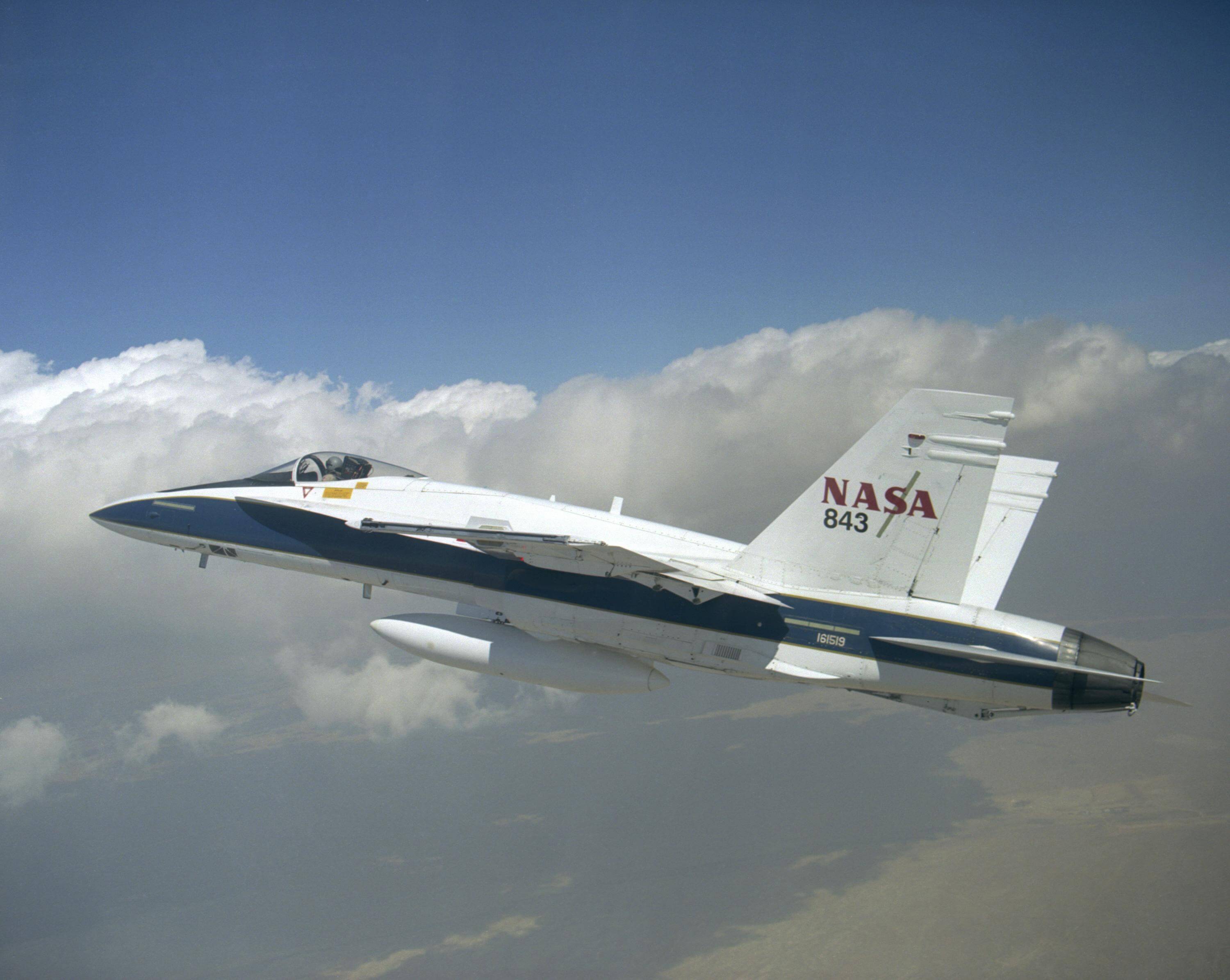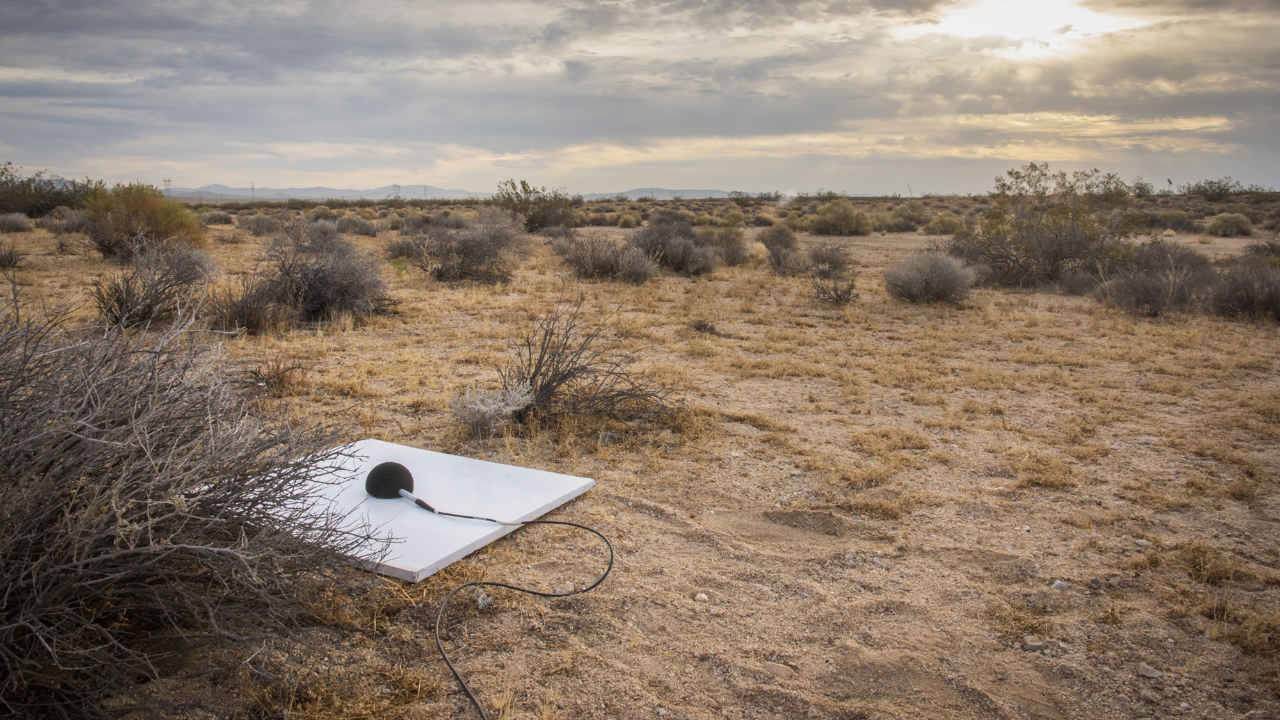Something to look forward to: For the next generation of commercial supersonic flights, Lockheed Martin and NASA have spent the past couple of years developing the X-59 QueSST experimental aircraft which is expected to have its first flight in 2021 or early 2022. With a cruising speed that exceeds Mach 1, NASA aims to minimize flight noise caused by breaking the sound barrier and recently deployed a 30-mile-long microphone array in California's Mojave Desert to verify its upcoming tests: the X-59's capability of reducing the sonic boom to "a quiet thump."
NASA wants to enable faster-than-sound commercial cargo and passenger air travel. To that end, the agency needs to convince the Federal Aviation Administration that quiet supersonic flights are a possibility so that the latter can come up with new sound regulations for supersonic flights over land.
As part of its "Carpet Determination In Entirety Measurements" or CarpetDIEM series of flights, under NASA's Commercial Supersonic Technology project that supports the X-59's Low-Boom Flight Demonstration mission, the space agency will acoustically validate the experimental supersonic plane after which it plans to eventually fly the X-59 over selected communities in the US.
"The X-59 is designed to have quiet sonic booms that won't be disturbing to the people, but first we actually have to go out and prove it," said Ed Haering, NASA's principal investigator for CarpetDIEM, who's spent 25 years researching sonic booms.
On the 30-mile-long "carpet" in the Mojave desert, where the X-59's quiet sonic thumps can be recorded in their entirety, NASA deployed an array of microphones capable of capturing up to 50,000 samples of sound data per second.

"We chose this area of the Mojave Desert because it's a nice, wide area under our high-altitude supersonic corridor, where we are able to fly our F/A-18s at supersonic speeds routinely," said Haering.
NASA tested its microphone configuration by flying its F/A-18 aircraft at supersonic speeds over the carpet and says that lessons learnt from this test will be applied in the second phase of CarpetDIEM testing that's planned for the summer of 2020.
Juliet Page, a physical scientist with the Volpe National Transportation Systems Center, explained that various sites spread throughout the testing area have different microphone configurations including inverted, vertical and horizontally oriented mics, to evaluate "the acoustic performance and the difference between the different configurations in preparation of the X-59."
"It's cool to come out in the desert and just do all these measurements and just kind of geek out with this technology," she added.
